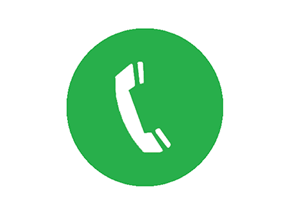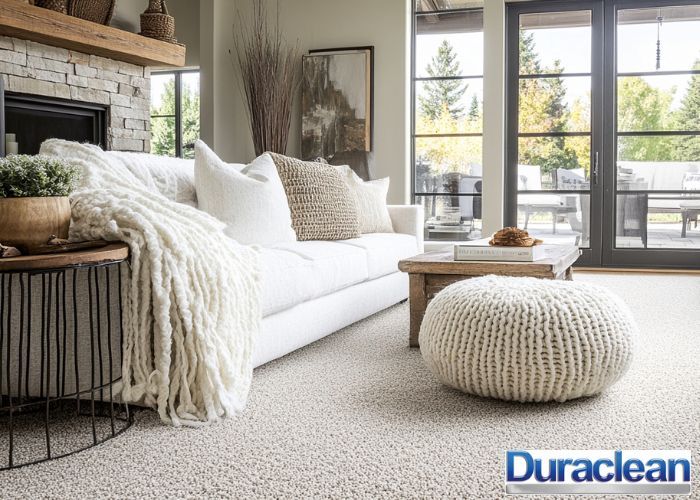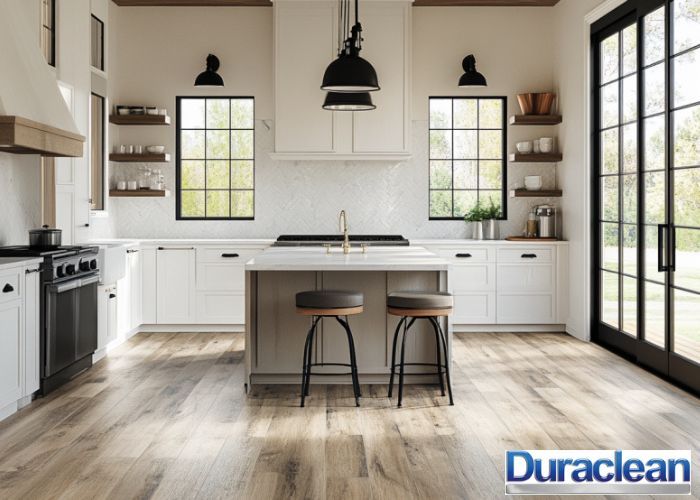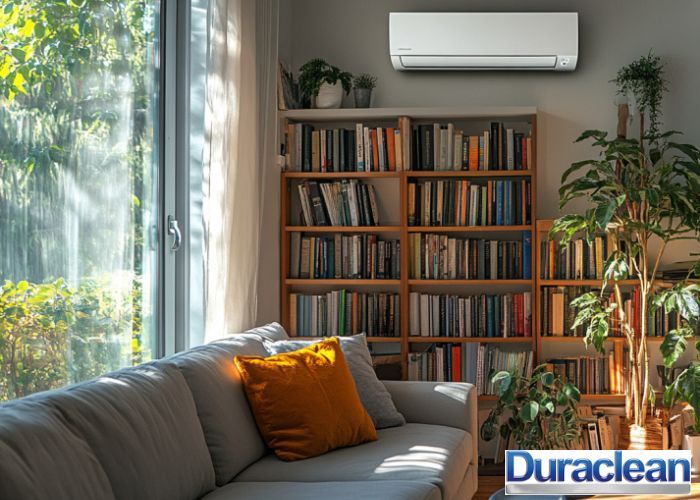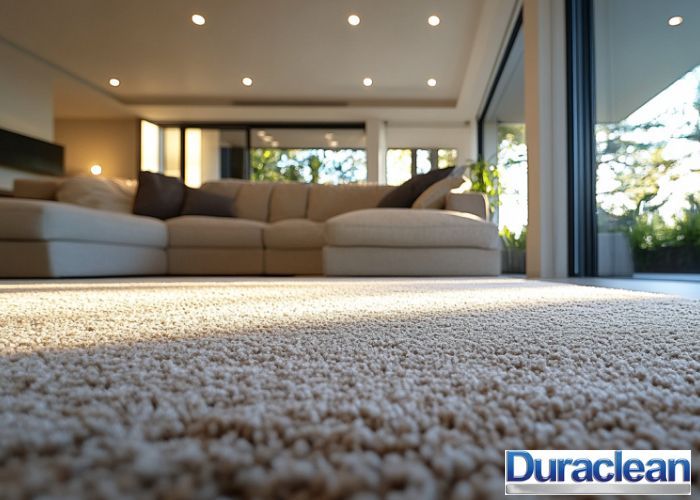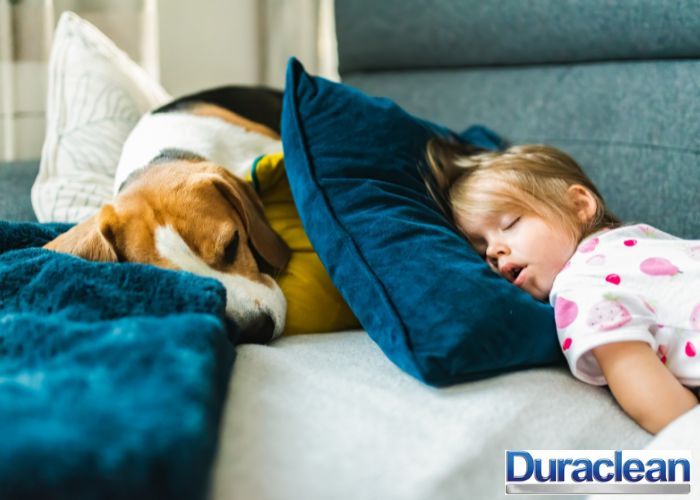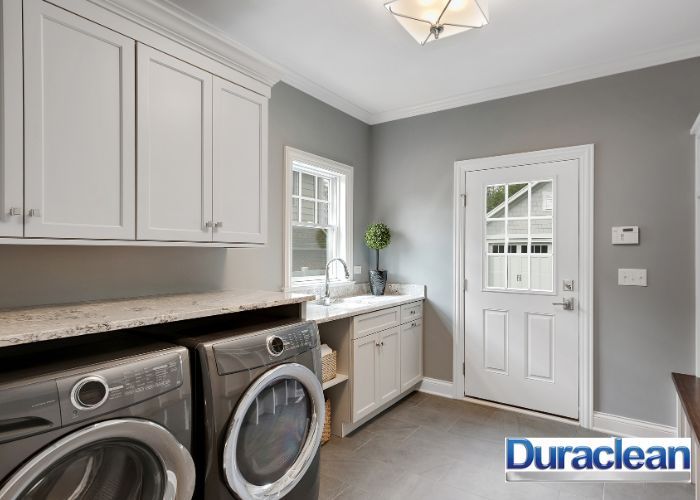What is the Average Cost of Carpet Cleaning in Decatur, GA?
Keeping carpets clean is essential for a fresh, healthy home. The national average for professional carpet cleaning is $181, and ranges between $123 – $241, depending on several factors.
Whether you’re tackling routine maintenance, dealing with stubborn stains, or looking for the best carpet cleaner to refresh your home, understanding carpet cleaning costs and methods can help you make an informed decision.
In this detailed guide, we’ll explore the key factors affecting the cost, compare different cleaning methods, discuss the pros and cons of DIY vs. professional carpet cleaning, and answer frequently asked questions.
Factors That Influence the Average Cost of Carpet Cleaning in Decatur, GA
The cost of carpet cleaning services depends on multiple elements, from carpet size and condition to cleaning methods and additional treatments.
1. Size of the Carpeted Area
Carpet cleaning companies typically charge by room size or square footage:
- Per Room Pricing:
- 1 Room: $100 – $150
- 2 Rooms: $75 – $100 per room
- 3 Rooms: $65 – $75 per room
- 4+ Rooms: $40 – $65 per room
- Per Square Foot Pricing:
- Average cost: $0.25 to $0.50 per square foot
If you need an entire house cleaned, companies may offer discounted package deals. For example, a 1,500 sq. ft. home might cost between $250 to $500, while a 3,000 sq. ft. home could cost $600 or more.
2. Carpet Condition and Staining
- Light Maintenance Cleaning: Costs less, usually around $75 – $150 per room.
- Heavy Soiling & Stains: Stubborn stains from wine, coffee, ink, or pet accidents require extra treatments, adding $10 – $50 per stain.
If your carpet has deep-set pet stains or water damage, you may need specialized enzyme treatments or restorative cleaning, which increases costs.
3. Cleaning Method Used
Each cleaning method impacts both the effectiveness and the final price.
- Steam Cleaning (Hot Water Extraction) – $40 – $90 per room
- Deep cleans, removes allergens, recommended by carpet manufacturers.
- Takes 6–12 hours to dry.
- Dry Carpet Cleaning – $35 – $190 per rug
- Quick-drying, ideal for light maintenance.
- May not clean as deeply as steam cleaning.
- Encapsulation Cleaning – $0.20 – $0.40 per sq. ft.
- Environmentally friendly, fast drying.
- Best for commercial settings.
4. Additional Services That Affect Cost
Many companies offer add-ons that increase the final price:
- Stain Protection: $20 – $50 per room (Guards against future spills).
- Deodorizing Treatment: $15 – $40 (Removes odors from pets, smoke, mildew).
- Furniture Moving: Some companies include this for free, while others charge $5 – $20 per piece.
5. Local Labor Rates and Business Reputation
Prices vary based on location, demand, and company reputation. In Decatur, GA, top-rated companies may charge slightly higher rates due to quality service, advanced equipment, and trained professionals.
What Carpet Cleaning Method is the Most Suitable for You?
Choosing the right carpet cleaning method depends on several factors, including your carpet type, level of soiling, presence of allergens, and budget. Some methods offer deep cleaning, while others focus on quick drying times.
Below is a detailed breakdown of the most common carpet cleaning methods, how they work, and their pros and cons.
1. Steam Cleaning (Hot Water Extraction)
Best for: Homes with pets, kids, and allergy sufferers; carpets with deep-seated dirt and stains.
Pros:
- Deep cleaning: Effectively removes dirt, allergens, and pet dander from deep within the fibers.
- Effective stain removal: Hot water helps break down stubborn stains.
- Eliminates bacteria and odors: Ideal for maintaining a hygienic home environment.
Cons:
- Long drying time: Carpets may take 6 to 12 hours to dry completely, depending on humidity levels and airflow.
- Requires professional equipment: DIY steam cleaning may not be as effective as hiring professionals.
2. Dry Carpet Cleaning
Best for: Businesses, hotels, and lightly soiled carpets that require minimal downtime.
Pros:
- Quick drying time: Since no water is used, carpets are ready for use within minutes to an hour.
- Convenient for high-traffic areas: Businesses and hotels can resume operations immediately after cleaning.
- No risk of mold or over-wetting: Ideal for moisture-sensitive carpets.
Cons:
- Not as deep-cleaning as steam cleaning: This method is better suited for routine maintenance rather than heavily soiled carpets.
- Residue may be left behind: If not vacuumed properly, the cleaning compound can accumulate over time and attract dirt.
3. Encapsulation Cleaning
Best for: Commercial spaces, offices, and routine carpet maintenance.
Pros:
- Fast drying: Carpets dry within 30 minutes to an hour, making it perfect for businesses.
- Eco-friendly: Uses less water and detergent compared to steam cleaning.
- Cost-effective for maintenance cleaning: Keeps carpets fresh between deep-cleaning sessions.
Cons:
- Not ideal for deep stains: Doesn’t remove deeply embedded dirt or old stains effectively.
- May require multiple applications: To achieve a thorough clean, multiple treatments might be needed over time.
It is crucial to choose an experienced company, such as Duraclean, that will recommend the most suitable treatment based on the condition and material of your carpet.
Frequently Asked Questions
1. How often should carpets be professionally cleaned?
Every 12 – 18 months is ideal. If you have pets or allergies, consider every 6–12 months.
2. Does carpet cleaning help with allergies?
Yes! Professional cleaning by reliable experts, such as the ones at Duraclean, removes dust mites, pollen, and pet dander that trigger allergies.
3. Can I walk on my carpet immediately after cleaning?
For steam cleaning, wait 6–12 hours. Dry cleaning allows for immediate use.
4. How can I maintain my carpet between professional cleanings?
- Vacuum twice a week to remove surface dirt.
- Use rugs and mats in high-traffic areas.
- Clean spills immediately to prevent staining.
Final Thoughts
Regular carpet cleaning is essential for maintaining a clean, healthy home and prolonging the lifespan of your carpets. As we’ve explored, the cost of carpet cleaning in Decatur, GA depends on several factors, including the size of the carpeted area, level of soiling, cleaning method, and additional services like stain protection or deodorization.
While DIY carpet cleaning can work for small stains or routine upkeep, professional carpet cleaning services offer a more thorough, effective, and long-lasting clean. Hiring experts ensures that deep-seated dirt, allergens, and tough stains are properly removed without damaging your carpets.
If you’re looking for the best carpet cleaner in Decatur, GA, Duraclean is here to help! With decades of experience, state-of-the-art equipment, and a commitment to quality service, Duraclean provides top-tier carpet cleaning Georgia residents trust. Whether you need a one-time deep clean or regular maintenance, our trained professionals will ensure your carpets look, feel, and smell fresh.
